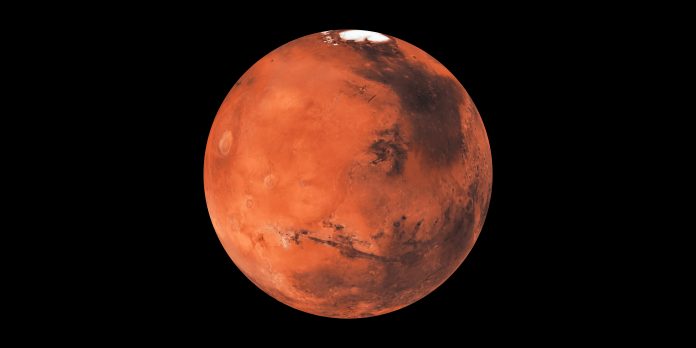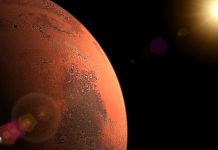Yesterday (19 April), the Ingenuity drone on Mars became the first in history to make a controlled flight on another planet – climbing to a height of 10 feet and then touching back down on the red surface
Before this moment, no human-controlled flight had been taken across another planet.
The Ingenuity drone was sent to Mars with the Perseverance Mission, which landed in 18 February, 2021. For 30 days, Ingenuity will continue to test the metaphorical waters of flight on Mars.
The thin air of Mars
Until the successful test flight on 19 April, scientists were waiting to prove that flight is possible in the thin atmosphere of Mars.
The gravity on the Red Planet is one third of that on Earth, but the atmosphere is just 1% as thick – creating difficult conditions for any controlled flight. To get enough power for lift, two rotors spun in opposite directions at over 2,500 revolutions per minute.
‘Iconic moments in aviation history’
Thomas Zurbuchen, NASA associate administrator for science, commented: “Now, 117 years after the Wright brothers succeeded in making the first flight on our planet, NASA’s Ingenuity helicopter has succeeded in performing this amazing feat on another world.
“While these two iconic moments in aviation history may be separated by time and 173 million miles of space, they now will forever be linked.”
What is the main purpose of the Perseverance Mission?
The Perseverance Mission is looking for ancient signs of life on Mars, but the Ingenuity drone is there as an unrelated experiment. Scientists want to use the light 1.8kg drone to make further test flights, to look at places that are too “slippery” for ground-based drones to explore, and maybe even to carry instrumental payloads in the future.
The Mission to mars will will also help to pave the way for future human expeditions to Mars by testing a method for producing oxygen, identifying other resources such as subsurface water, improving landing techniques, and characterising weather, dust, and other environmental conditions that could affect future astronauts living and working on Mars.
One quick flight for a drone, one huge step for mankind.











